Sustainability - 9 Planetary Boundaries
The concept of planetary boundaries describes the Earth's ecological limits. Exceeding these limits could endanger the stability of the Earth system and thus threaten the very basis of human life. Nine planetary boundaries were originally defined, of which six are now believed to have already been exceeded.
The "Road to Senegal 2025" bikepacking trip can contribute to protecting planetary boundaries in several ways by applying the core principles of bikepacking—minimalism, self-sufficiency, and eco-conscious travel. By making the trip transparent and inspiring others, I can also have a greater impact.
1. Land-use change and biodiversity
By traveling by bike, I avoid the direct destruction of land through the construction of roads and infrastructure necessary for motorized vehicles. Bikepacking allows me to use trails that preserve natural landscapes.
Biodiversity: I can actively choose to respect sensitive areas and stay on designated trails to avoid disturbing ecosystems.
Land-use change: I don't need additional infrastructure like large gas stations or parking lots. Your footprint is limited to the trail.
2. Climate Change and the Ozone Layer
Your project is an outstanding example of climate-friendly travel.
Climate Change: By traveling by bike, I emit almost no greenhouse gases. This is in direct contrast to air travel or car journeys, which contribute significantly to climate change.
Ozone Layer: By not flying and not emitting greenhouse gases, I also indirectly contribute to protecting the ozone layer, as greenhouse gases such as methane and nitrous oxide can also have a damaging effect.
3. Freshwater Consumption
The minimalist lifestyle of bikepacking leads to very low water consumption compared to conventional travel with hotel stays.
I can consciously choose to use water sparingly, for example, by only using the amount of water I really need for washing or cooking.
Awareness of water scarcity can also be raised through direct interaction with local communities in water-scarce regions.
4. Disruption of biogeochemical cycles and novel substances
My project can make a contribution through conscious handling of waste and equipment.
Cycles: I can ensure that I use biodegradable soaps and detergents, thus avoiding the discharge of harmful substances into waterways.
Novel substances: My luggage is made of durable, reusable materials. I can also ensure that I don't leave any waste behind on my trip. Choosing sustainable equipment made from recycled materials or repairing rather than buying new are important points here.
5. Raising awareness and setting an example
The "Road to Senegal 2025" project is not just a journey, but also a platform.
I can use my experiences to educate people about planetary boundaries and demonstrate that sustainable travel is possible and enriching.
Through fundraising and collaboration with local environmental and educational organizations in Senegal, I can make a positive and direct contribution locally.
By documenting my journey, I motivate others to think about their own ecological footprint. My project becomes a positive example.
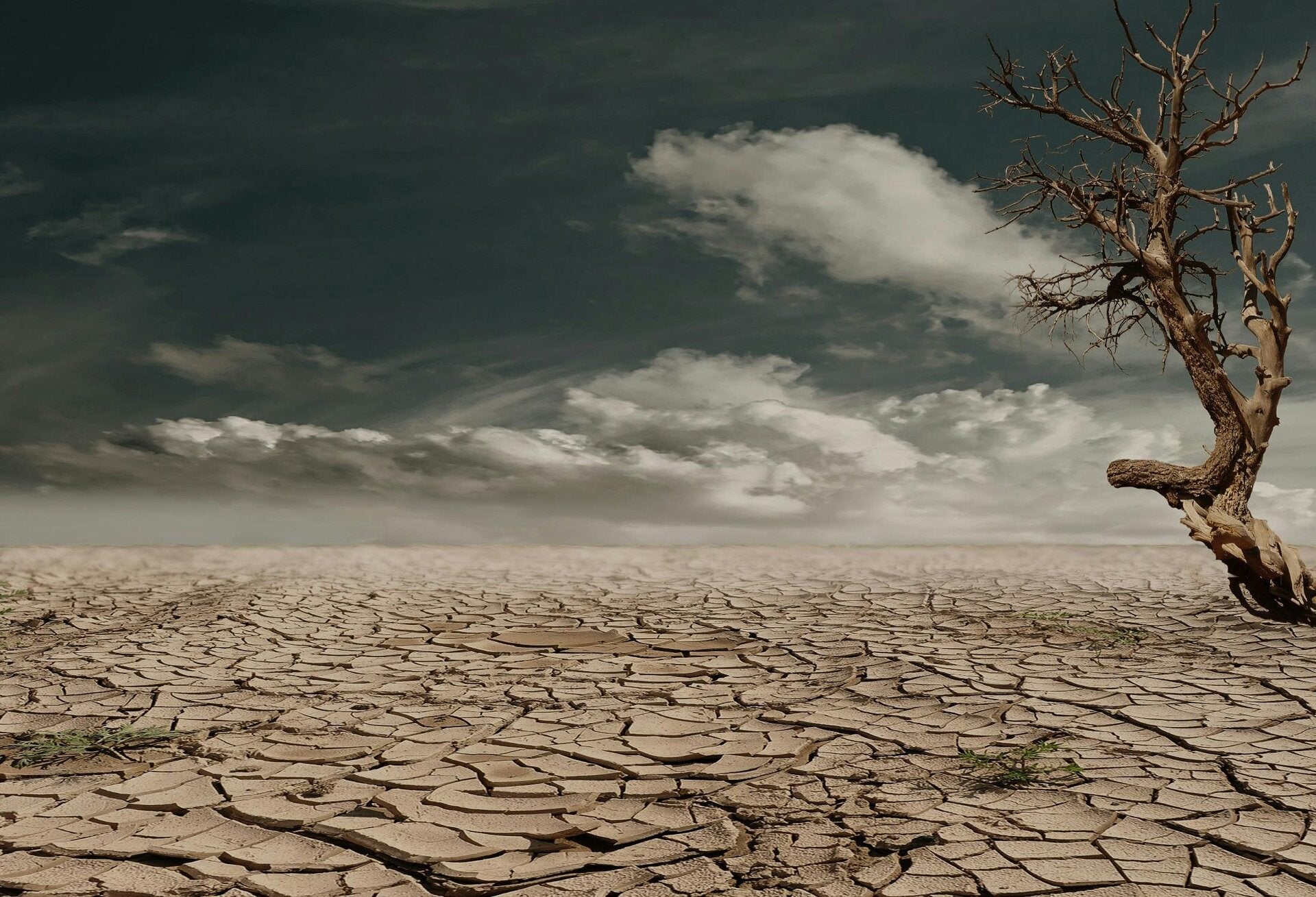
Climate change:
This limit refers to the amount of greenhouse gases (e.g., CO₂) we release into the atmosphere. If we exceed a certain limit, unpredictable and irreversible changes to the global climate threaten.
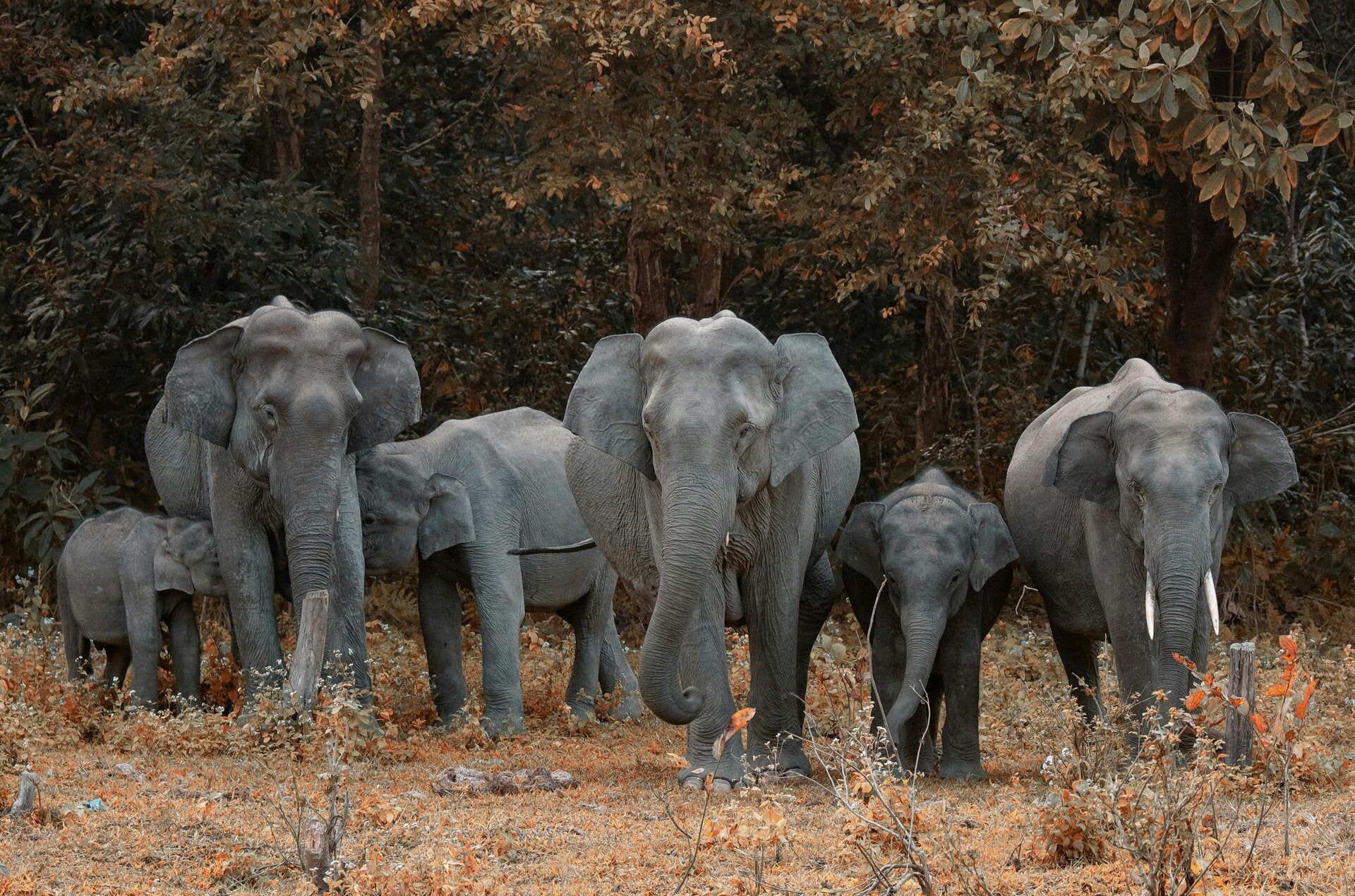
Integrity of the biosphere:
This boundary encompasses genetic diversity (species diversity) and functional diversity (the functioning of ecosystems). Mass extinction of species and the destruction of ecosystems destabilize the entire Earth system.
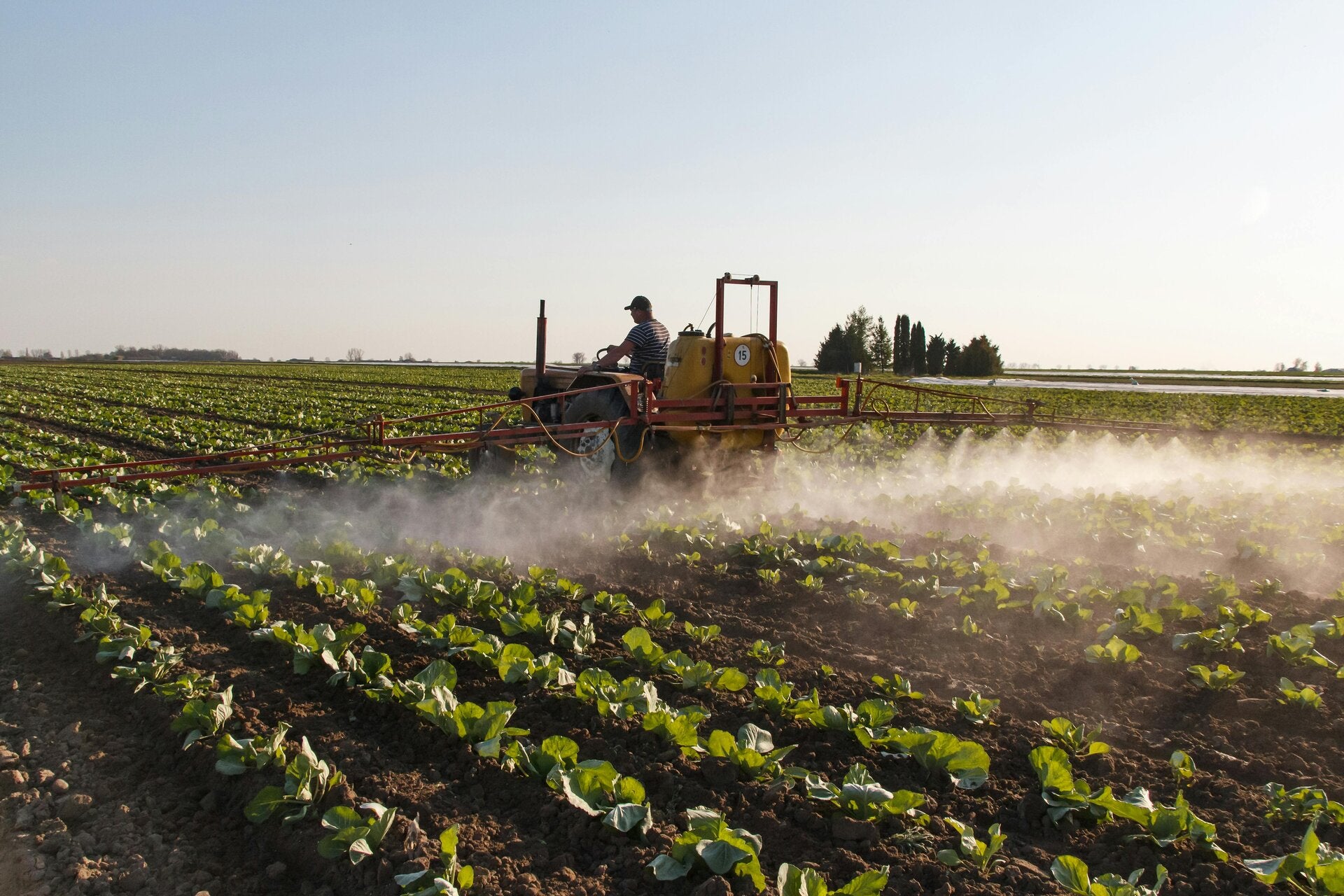
Disruption of biogeochemical cycles
The excessive use of nitrogen and phosphorus in agriculture leads to an overload of natural cycles. This can, for example, lead to over-fertilization of water bodies.
Land use change:
The conversion of natural ecosystems such as forests and wetlands into agricultural land or residential areas has far-reaching consequences for biodiversity, climate and water cycles.


Freshwater consumption:
The concept considers the consumption of "green water" (soil moisture) and "blue water" (rivers, lakes, groundwater). Unsustainable consumption endangers the availability of water for people and nature.
Ocean acidification:
The increase in CO₂ in the atmosphere causes the oceans to absorb more carbon, which lowers their pH. This threatens marine organisms whose skeletons or shells are made of calcium carbonate, such as corals and mussels.
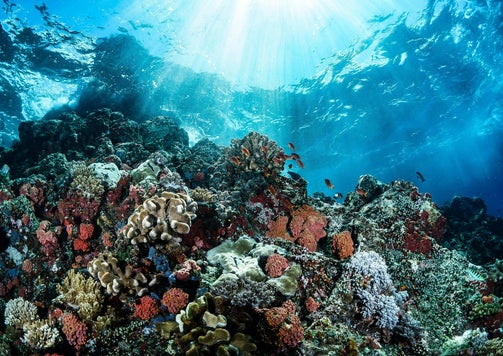
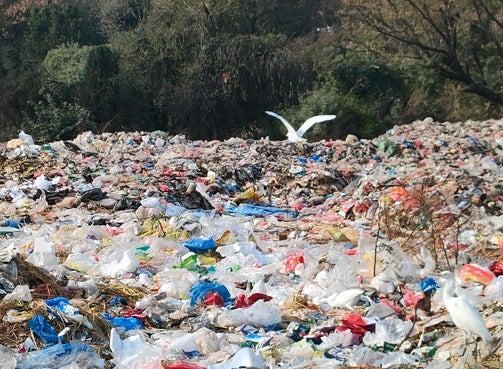
Release of novel substances ("Novel Entities"):
These include substances such as plastics, pesticides, heavy metals and other chemicals that pollute the environment in ways never before seen in Earth's history and whose long-term consequences are often unknown.
Stratospheric ozone layer:
The ozone layer protects the Earth from harmful UV radiation. The release of ozone-depleting substances such as chlorofluorocarbons (CFCs) has damaged this layer.


Atmospheric aerosol pollution:
Aerosols are fine particles in the air that influence cloud formation, climate, and air quality. Excessive concentrations can be harmful to health and exacerbate climate change.
It's important to understand that these boundaries are interconnected. Crossing one boundary can affect the stability of others. The goal of the concept is to define a "safe space of action" for humanity.